What Is ARC
How can design save
wildlife and wild places?
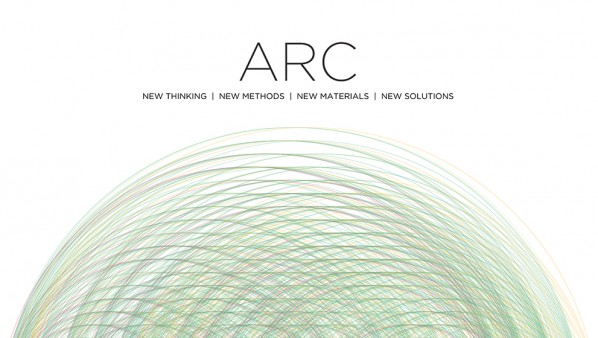
ARC—Animal Road Crossing—is an interdisciplinary partnership working to facilitate new thinking, new methods, new materials and new solutions for wildlife crossing structures.
Our primary goal is to ensure safe passage for both humans and animals on and across our roads. We do this through supporting the study, design and construction of wildlife crossing structures throughout North America.
ARC builds bridges in other important ways: We reconnect landscapes and wildlife habitats that have been split apart by our road systems; we reacquaint people and wildlife, helping drivers to be aware of the habitats our roads interrupt and the animals that use these places; and through these strategies, we reaffirm the need for humans and animals to coexist in the landscapes we call home.
Situated at the intersection of science and design, ARC is a forum for creative collaborations and surprising synergies.
ARC began with a competition
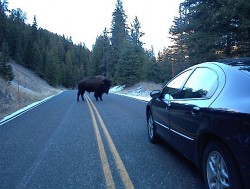
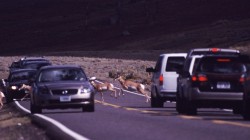
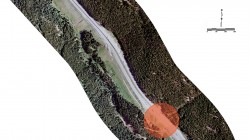
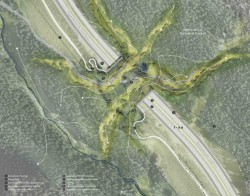
We began in 2010 with the The ARC International Wildlife Crossing Infrastructure Design Competition. Our goal was to engage the most innovative international, interdisciplinary design teams to create the next generation of wildlife crossing infrastructure for North America’s roadways. Through this design competition, ARC challenged interdisciplinary design teams comprising landscape architectural, engineering, transportation and ecological professionals to develop solutions for animal road-crossing structures that would be cost-efficient, ecologically responsive, safe and flexible. We deliberately sought solutions that could be readily adapted for widespread use in other locations and conditions, including climate change.
The ARC competitors also faced the unique challenge of designing for two very different clients—humans and wildlife—each with different needs and priorities, yet sharing one problem: the need for safe passage for all.
Now ARC is working to (re)design our roads
Modern highway design must meet many different needs. ARC offers living proof that it is possible to design not only structures, but also a process that meets the diversity of today’s transportation needs. ARC is working toward the (re)design of our highways so that these needs are met safely and efficiently while also maintaining the integrity and connectivity of our ecosystems, reducing our carbon footprint, minimizing the consumption of non-renewable materials, recycling resources and extending the life cycle of transportation infrastructure.
The design solutions that resulted from the ARC competition are progressive steps in addressing these complex design challenges in the context of road infrastructure for human and wildlife safety and mobility. In broadly sharing the results of the competition with municipal, state/provincial and federal agencies, ARC is working hard to implement safe passages for wildlife and motorists alike.
The ARC Diagram
ARC is more than a competition; it is an ideology that spans disciplines, species, geography and aspirations. Its name and visual identity have emerged directly from the science of road ecology. We worked with Studio:Blackwell; Chris Harrison, a Ph.D. candidate at the Human-Computer Interaction Institute at Carnegie Mellon University; and Dr. Tony Clevenger of the Western Transportation Institute to produce the graphic arc diagram, which is a visualization of actual wildlife crossing data. These data—and the information on which the arc diagram is based—were collected over the past decade at the 24 wildlife crossing structures in Banff National Park in Alberta, Canada. They track the daily use of the crossing structures by large mammals, whose adaptation to this infrastructure successfully reconnects the surrounding landscape and creates safer highways every day.
![ARC [diagram]](https://arc-solutions.org/wp-content/themes/arc/images/arc-diagram.jpg)
